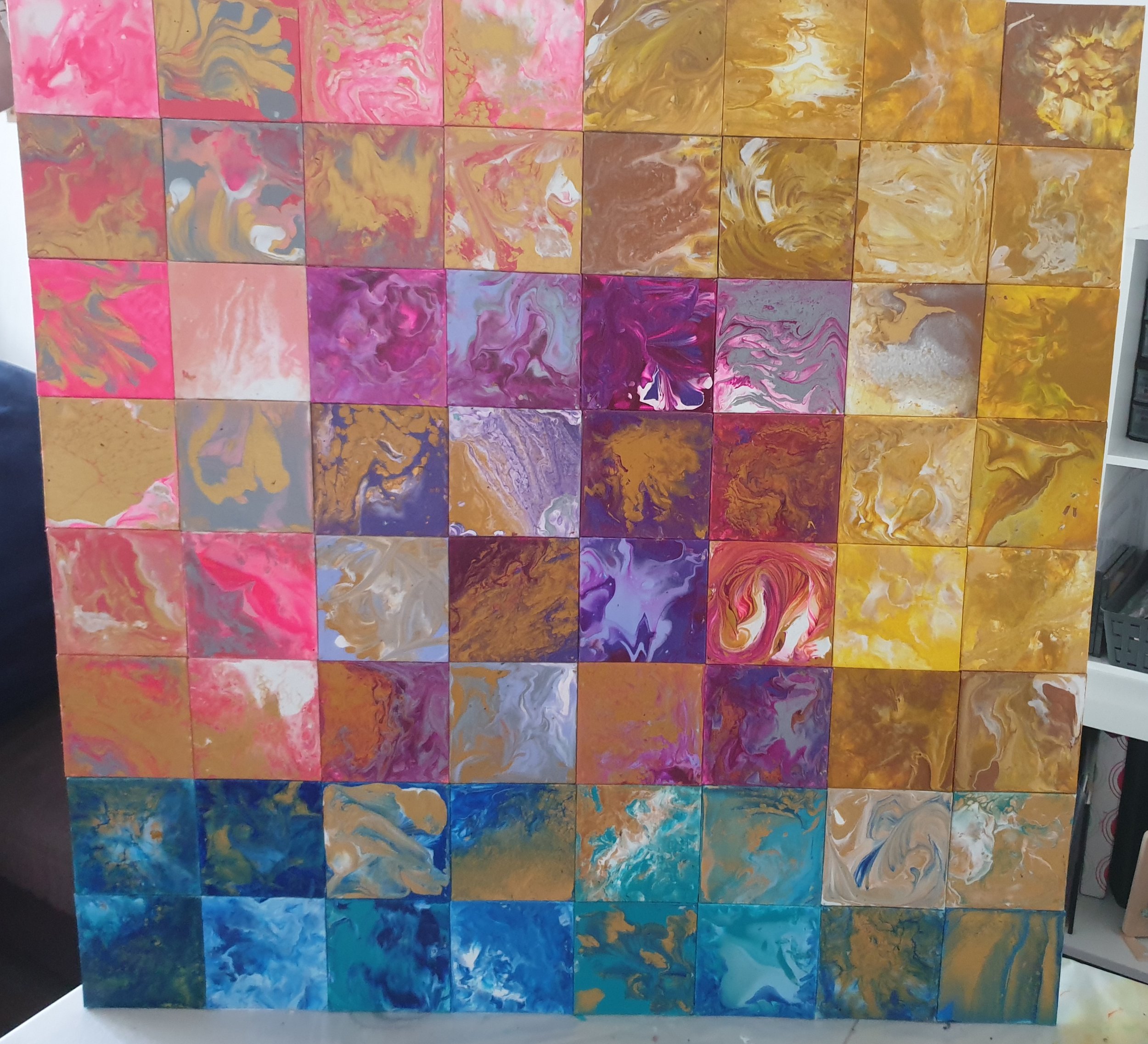What is art therapy?
Art therapy is a technique that integrates mental health and human services by using active art making, creative processes, applied psychological theory, and human experience, all into one. The main goals of art therapy is to improve a person’s well-being and improve or bring back a person’s functioning.
During art therapy, the participant is taking part in a process of self-discovery that gives them a safe space to express their feelings, and also allows them to feel more in control over their life.
The process provides a pathway for participants to participate verbally or non-verbally by providing them the experiences of creating, touching, smelling, listening, hearing, looking, and shaping art materials, which in turn encourages sensory, perceptual, and cognitive development.
Art therapy sessions are tailored to fit a participant interests and strengths, in order to achieve their individual goals. During art therapy, the participant is taking part in a process of self-discovery that gives them a safe space to express their feelings, and also allows them to feel more in control over their lives.






Why art therapy
Studies have shown that an hour of creative activity can reduce your stress and have a positive effect on your mental health, regardless of artistic experience or talent.
Participants who are experiencing behavioural or social issues, learning impairments, communication impairments, anxiety, abuse (including psychological & emotional abuse), attention deficits, depression, stress relief, grief, and so much more, can benefit from expressing themselves creatively.
Reported benefits include:
improved creativity and self-esteem
increased sense of self-empowerment
increased sense of self-care and self-awareness
reduced stress and anxiety
reduced depression and fatigue
improved interpersonal skills
enhanced mind-body connection
increased sense of meaning and purpose
In addition, art therapy provides a pathway for ASD children to participate non-verbally by providing them the experiences of creating, touching, smelling, listening, hearing, looking, and shaping art materials, which in turn encourages sensory, perceptual, and cognitive development.
Art therapy sessions are tailored to fit a participants’ interests and strengths, in order to achieve their goals and address their individual challenges.
Recommended Resources:
SAGE Books - Art Therapy, Research and Evidence-Based Practice (sagepub.com)
The Art Therapy Sourcebook by Cathy A. Malchiodi
Essential Art Therapy Exercises. Effective Techniques to Manage Anxiety, Depression, and PTSD by Leah Guzman
A Practical Art Therapy by Susan I. Buchalter
F The Shoulds. Do The Wants - Get Clear on Who You Are, What You Want, and Why You Want It by Tricia Huffman
Complex PTSD: From Surviving to Thriving by Pete Walker
The Explosive Child by Ross W. Greene
The Whole Brain Child by Daniel J. Siegel & Tina Payne Bryson
How To Bury a Narcissist by JH Simon




